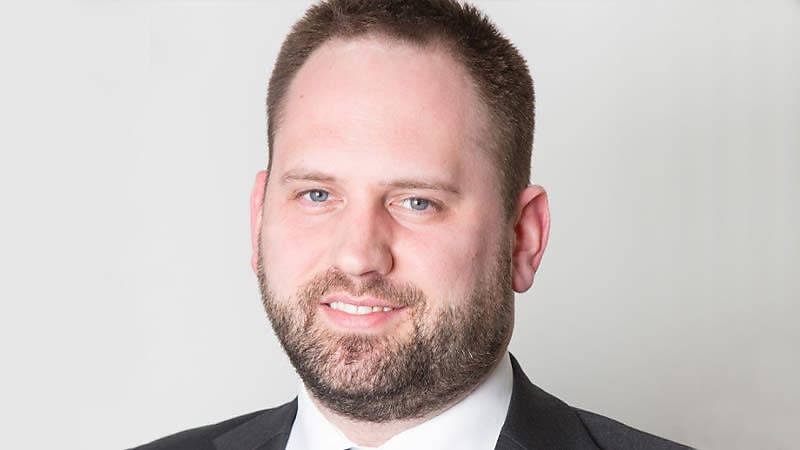Legal advice a must when considering succession planning
Forward planning supported by the right documents is required for smooth and effective SMSF succession planning, especially concerning loss of capacity or death, says a leading legal specialist.
William Fettes, senior associate for DBA Lawyers said for many Australians, superannuation is a significant asset especially if an SMSF is involved, but many people don’t plan for what happens to their super upon their loss of capacity or death.
“Failing to plan ahead can result in considerable uncertainty concerning the control of the fund and the ultimate payment of their superannuation benefit,” he said.
“It can result in your super benefit being paid to someone other than the intended recipient and unnecessary costs and stress for family members.”
As the population ages, there is a significantly higher chance of loss of capacity becoming an issue within an SMSF and Mr Fettes said the role of an attorney in planning for succession due to this is vital.
“The number of people with dementia and capacity-limiting degenerative diseases is on the rise, with current estimates by the Australian Institute of Health and Welfare indicating that two in five Australians over 90 have dementia,” he said.
“No prior planning for a loss or lack of capacity could result in major uncertainty and risk in relation to an SMSF.”
One way to ensure the SMSF continues if loss of capacity occurs is to appoint an enduring power of attorney that enables a trusted person such as the member’s attorney to continue to run the SMSF as their legal personal representative.
“Naturally, given the important responsibilities placed on an attorney, only a trusted person should be nominated. EPoAs should also be subject to ongoing review to ensure their ongoing appropriateness,” Mr Fettes said.
He added consideration should also be given as to whether the scope of the appointment should be general in nature, such as the EPoA having a general financial power, or limited to the SMSF or the fund’s trustee.
“For example, if the member wishes to preclude their attorney from exercising certain rights in relation to their member entitlements or making or revoking their BDBN, this should be expressly covered in their EPoA,” he said.
He added that an EPoA does not place an attorney into the role of an SMSF trustee or director of a corporate trustee, but only permits the member’s attorney to occupy the office of trustee or director of the corporate trustee to help satisfy the trustee-member rules in s 17A of the Superannuation Industry (Supervision) Act.
“The appointment mechanism which facilitates an attorney or LPR to step into the role of trustee/director must be contained in the SMSF deed and the company’s constitution,” he said.
“For example, in the context of a corporate trustee, in the absence of other appointment provisions in the constitution, generally a majority of the company’s shareholders must exercise their voting rights to appoint a director.”
The death of a member is another key succession planning risk that needs to be carefully considered, Mr Fettes said.
Section 17A(3) of the SISA provides an exception to the trustee–member rules where a member has died.
It states a fund does not fail to satisfy the basic conditions of the trustee–member rules by reason only that “a member of the fund has died and the [LPR] of the member is a trustee of the fund or a director of a body corporate that is the trustee of the fund, in place of the member, during the period from the beginning when the member of the fund died; and ending when death benefits commence being payable in respect of the member of the fund”.
“This exception permits an LPR of a deceased member such as an executor of a deceased person’s estate to be a trustee/director in place of a deceased member until the member’s death benefits commence to be payable,” Mr Fettes said.
“However, this provision does not result in an LPR becoming a trustee/director. For example, for s 17A(3) to apply, an LPR must actually be appointed as either a director of the corporate trustee pursuant to the constitution of the company; or an individual trustee pursuant to the governing rules of the fund.”
Legal rulings such as Ioppolo v Conti [2013] WASC 389, Ioppolo v Conti [2015] WASCA 45 and, implicitly, Wooster v Morris [2013] VSC 594 confirmed this provision.
In Ioppolo v Conti [2013] WASC 389, the ruling states that “section 17A(3) allows for the appointment of an executor as a trustee of the fund but does not in its terms require such an appointment”
“These cases confirm that a deceased person’s LPR, such as their executor, does not automatically step into the role of an SMSF trustee/director upon a member’s death,” Mr Fettes said.
“It depends on the provisions of the SMSF deed and the company constitution as most SMSF deeds and constitutions do not have a mechanism for this to occur and whether there are other legal documents in place to ensure this occurs.”








